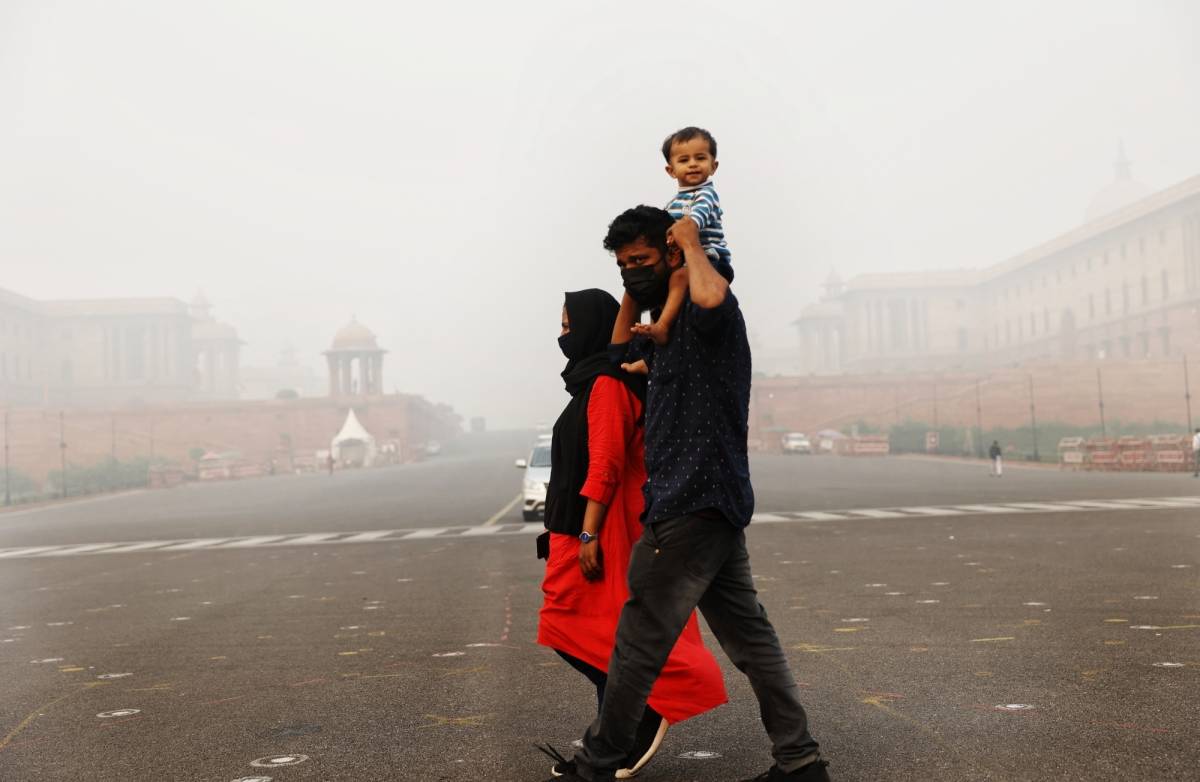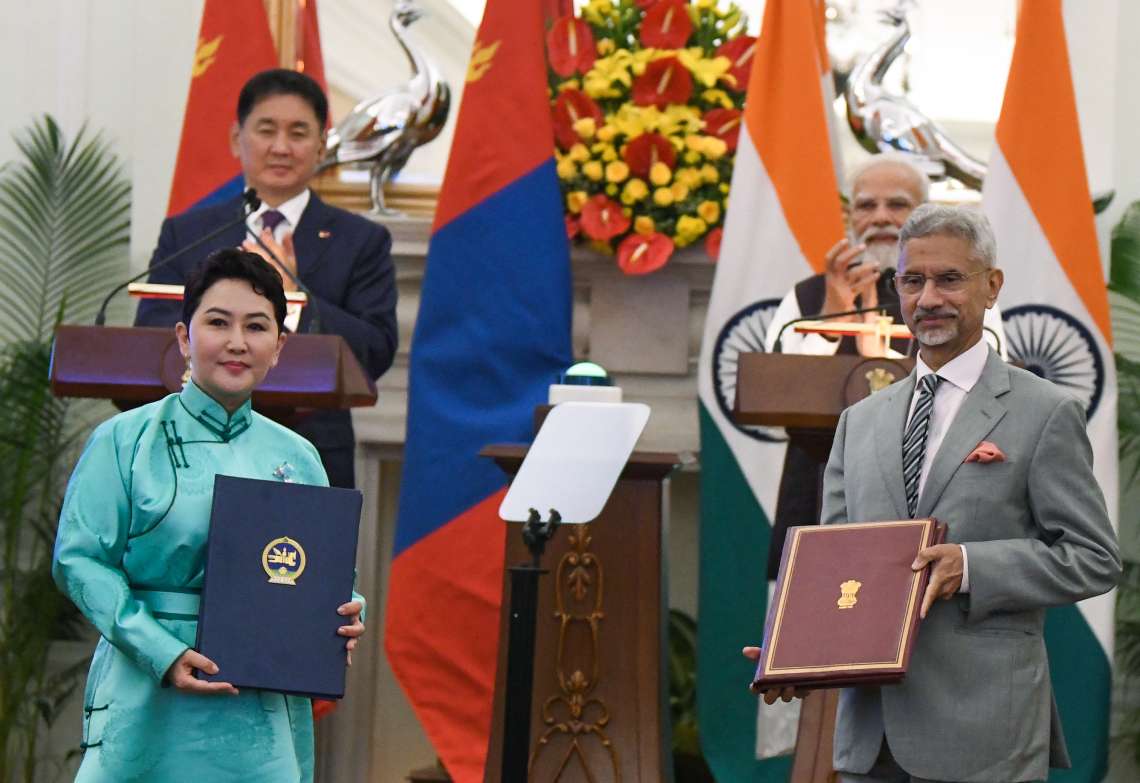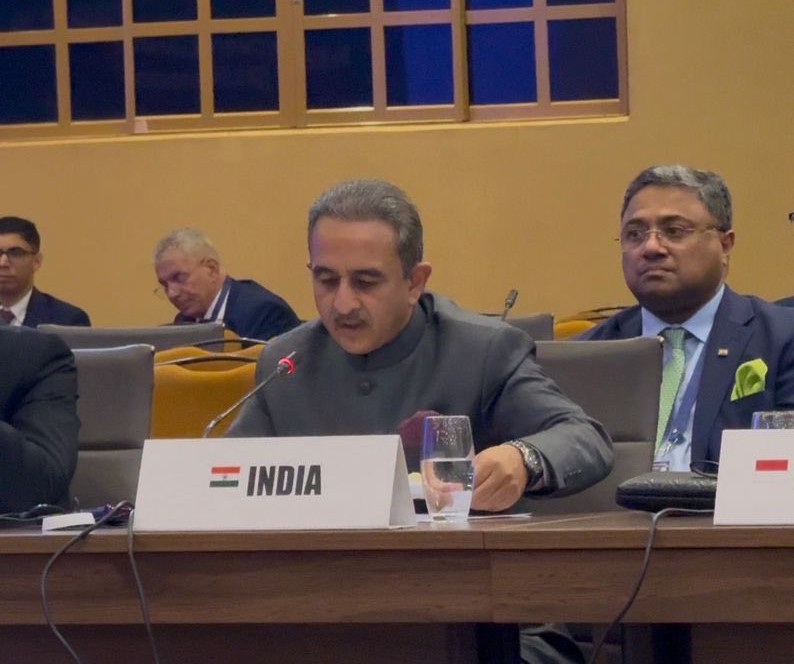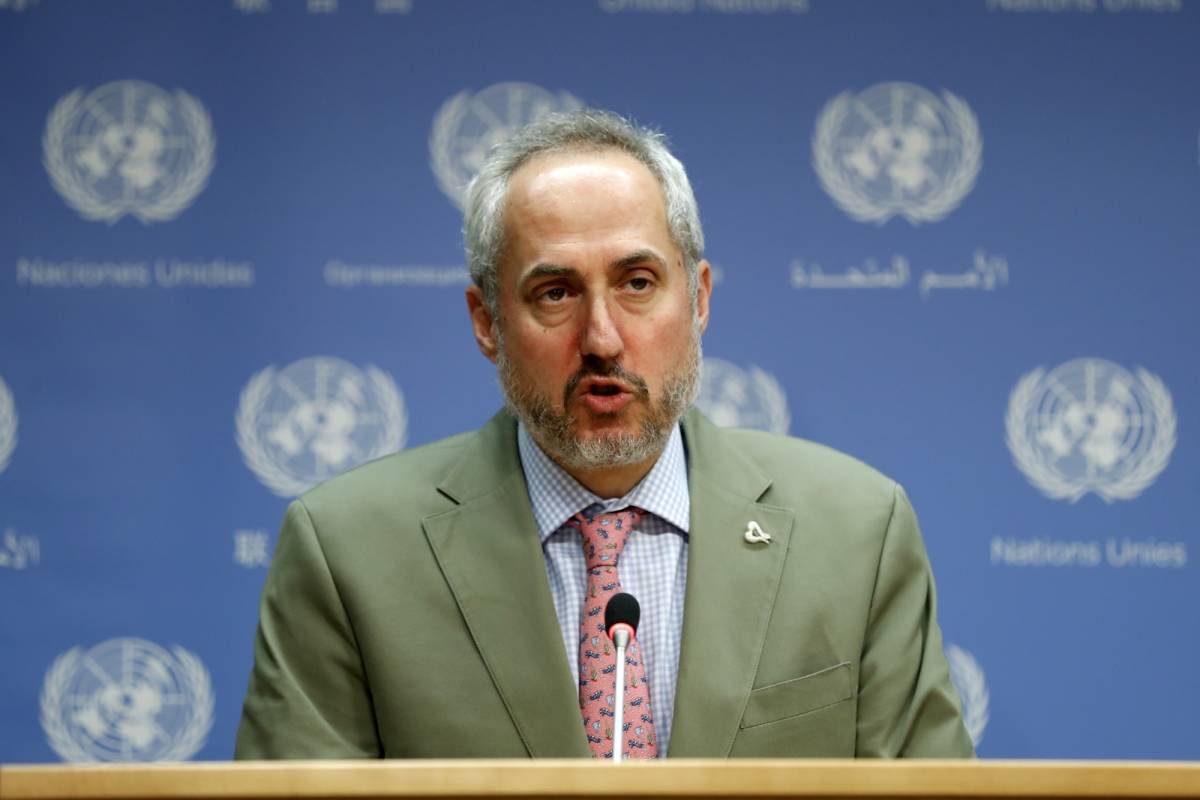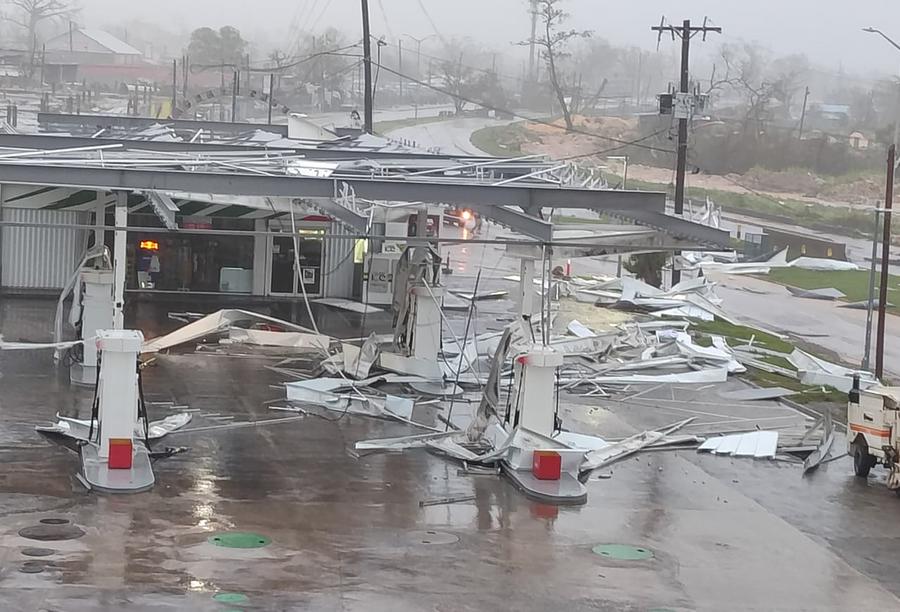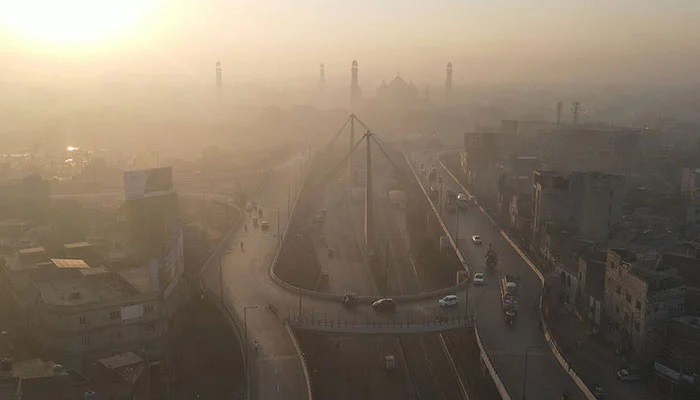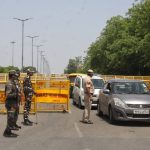“In Delhi, the bottom line is — whether someone is rich or poor, no one gets to breathe clean air,” says Kenneth Lee, the lead author of the study. ..reports Asian Lite News.
Delhi’s citizens long for clean air but do they call for it? A new two-year research at the Energy Policy Institute at the University of Chicago (EPIC India) has indicated that demand for air pollution information and defensive technologies may be low among India’s national capital residents.
Researchers observed that even when offered a free trial of indoor air quality monitor to track pollution levels inside their homes, the take-up rates were low.
The study found indoor PM2.5 levels for low-income and high-income households in Delhi were very high during the wintertime, with mean concentrations of 23 and 29 times the WHO safe limit of 10 Ig/m, respectively.
Findings suggested that high-income households were 13 times more likely to own air purifiers than low-income households. Still, the indoor air pollution levels in those homes were only 10 per cent lower than those living in disadvantaged settings.
“In Delhi, the bottom line is — whether someone is rich or poor, no one gets to breathe clean air,” says Kenneth Lee, the lead author of the study.
“It’s a complex vicious cycle. When you do not know about the pollution levels inside your homes, you do not worry about it, and hence you are less likely to take corrective actions. Only with increased awareness, demand for clean air may gain momentum.”
The experiment found that in homes with access to real-time indoor air pollution data, about an 8.6 per cent decline in indoor PM2.5 concentrations was recorded, and modest changes in inexpensive defensive practices and ventilation behaviours were observed.
The researchers point out that the study that surveyed thousands of Delhi households between 2018 and 2020 across varying socioeconomic strata, on average, found the indoor PM2.5 levels to be substantially higher than the corresponding value reported by the nearest government monitor.
Also, the study noted that indoor PM2.5 levels tend to spike in the mornings and evenings when households were most likely to be cooking.
Lee adds: “It’s critical to address the information gaps related to indoor air pollution urgently. High-frequency accurate PM2.5 information communicated through either government monitor or by indoor air quality monitors is the first step but only when it is complemented with an increase in literacy around health consequences of air pollution and the benefits of adopting various defensive actions — can we expect more favourable outcomes.”
ALSO READ-Scindia instructs Delhi airport to introduce token system for Covid testing


